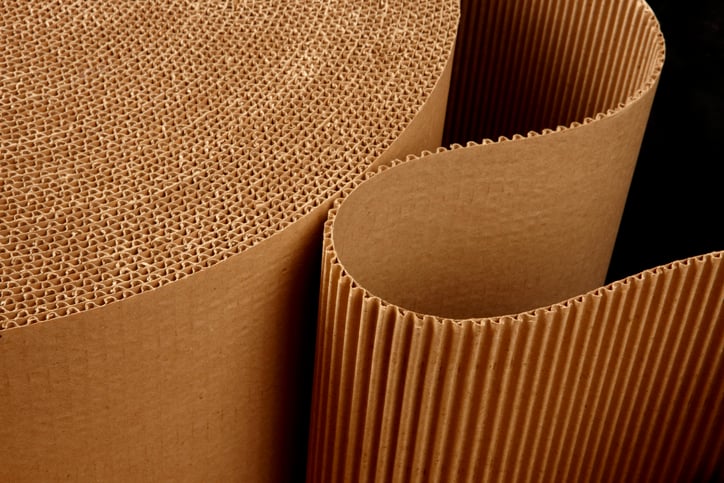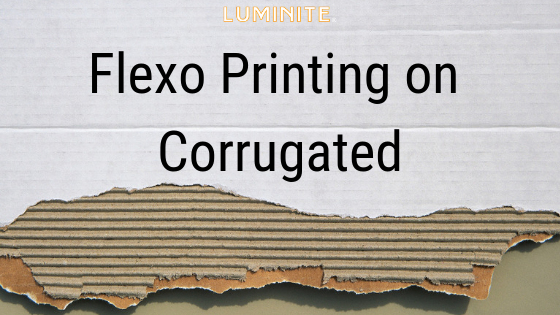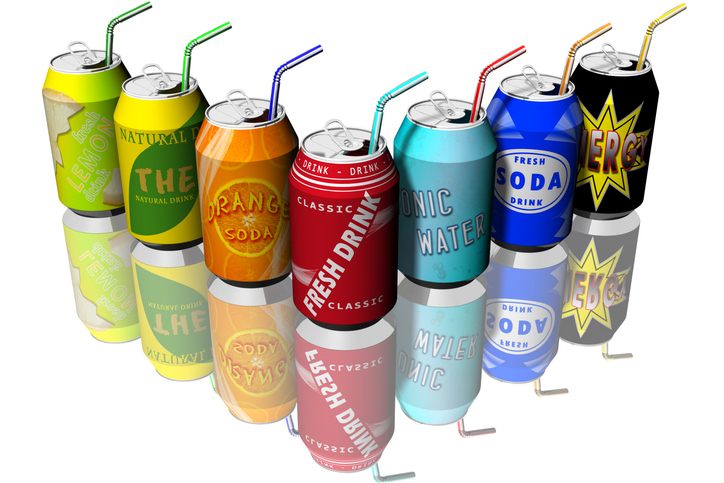Flexo Carton Printing: Crucial Considerations

Did you know the same printing method used to print craft beer and wine labels is used to print on the very same cartons those products are shipped in? Welcome to the magic of modern flexo printing!
At a very high level, Flexo printing technology uses image carriers to transfer images onto substrates. While this 30,000 ft view may seem simple, it's a complicated, high-pressure, printing procedure with widespread use in the packaging sector.
Flexo carton printing produces high-quality prints on a wide range of substrates using safe and long-lasting inks.
Corrugated Carton Flexo Printing: The Process of Perfect Prints
With corrugated carton flexo printing, the substrates come in continuous long rolls. The engraved image carriers then transfer the ink onto the carton pieces to produce the final image or text. These pieces are then die-cut, folded, and glued together to form the finished packaging.
Having the substrates arrive in-house in long rolls combined with printing with a continuous image sleeve ensures accurate stepping. Flexo carton printing ensures the art is centered in the panels since the substrate is printed in whole sheets, before being die-cut and folded.
When sending over your artwork specifications to your flexo image carrier provider, including the die-cut information is crucial to ensuring a clear final print.
While defects can occur during some flexo jobs, understanding the right materials to use for each job can reduce press downtime and keep your prints close to perfection.
Sleeves Make All the Difference
Photopolymer plates have been used for commercial printing since the late 20th century. They are hardened resin plates with image inlaid areas coated with ink. These plates work well for short-run presses because they are cost-effective and can sometimes be manufactured in-house.
While photopolymer plates have some perks, they must have a plate break and are prone to other common printing defects. They are more likely to be damaged by harsh chemicals, causing them to swell. Also, they take longer to mount and register in-press.
Elastomer sleeves make all the difference since they are durable and reduce press downtime. The elastic polymer sleeves are soft, flexible, and have no plate breaks, which allows for a continuous print and accurate stepping to match the die cut.
Optimizing Your Materials
Work with your flexographic printing provider to identify the materials best fit for your next printing job. These materials include choosing the correct:
PRINTING INK
Films are usually non-absorbent, and have low surface energy, which can make wetting a unique challenge. The ink can pull on itself, leading to pinholes and fish eyes. To avoid this printing defect, it is necessary to closely align the surface energies of the ink, image carrier, and film.
If these elements are not properly calibrated together, the ink can soak through the paper and cause web breaks - a costly and time-consuming mistake.
IMAGE CARRIER
The image carrier selection should be one of the most thoroughly thought-out and discussed components. It should be compatible with your choice of ink and the coated paper or coated board substrate.
If the image carrier is not optimized according to your printing needs, you could end up with numerous printing defects, printing misregistration, and damage to the image carrier.
REGULATIONS AND STANDARDS
FDA standards can be quite restrictive, but safety is an integral part of providing quality workmanship. Understanding FDA guidelines ensures corrugated carton flexo printing operations succeed by avoiding lost labor and costly fines, and help strengthen your brand. If printing on food and medicine packages, FDA guidelines require that the ink shouldn't come into contact with the food or medicines to prevent possible contamination.
In addition to the aforementioned benefits of elastomer sleeves, many compounds are compatible with FDA requirements and guidelines to choose from to ensure your process remains safe. At Luminite, we work with you to find the perfect image carrier compound to suit your project needs.
The Future of Corrugated Carton Flexo Printing
Corrugated carton flexo printing has been around for a while and is only getting better. It is an asset to home appliance manufacturers, packed food, pharmaceutical producers, cosmetics, and toy manufacturers.
Work with an image carrier manufacturer that can help optimize your material and substrate choices, as well as accomplish in-house surface tension testing and more.
If you want to learn more, you’ve come to the right place! Just contact us to get started.




